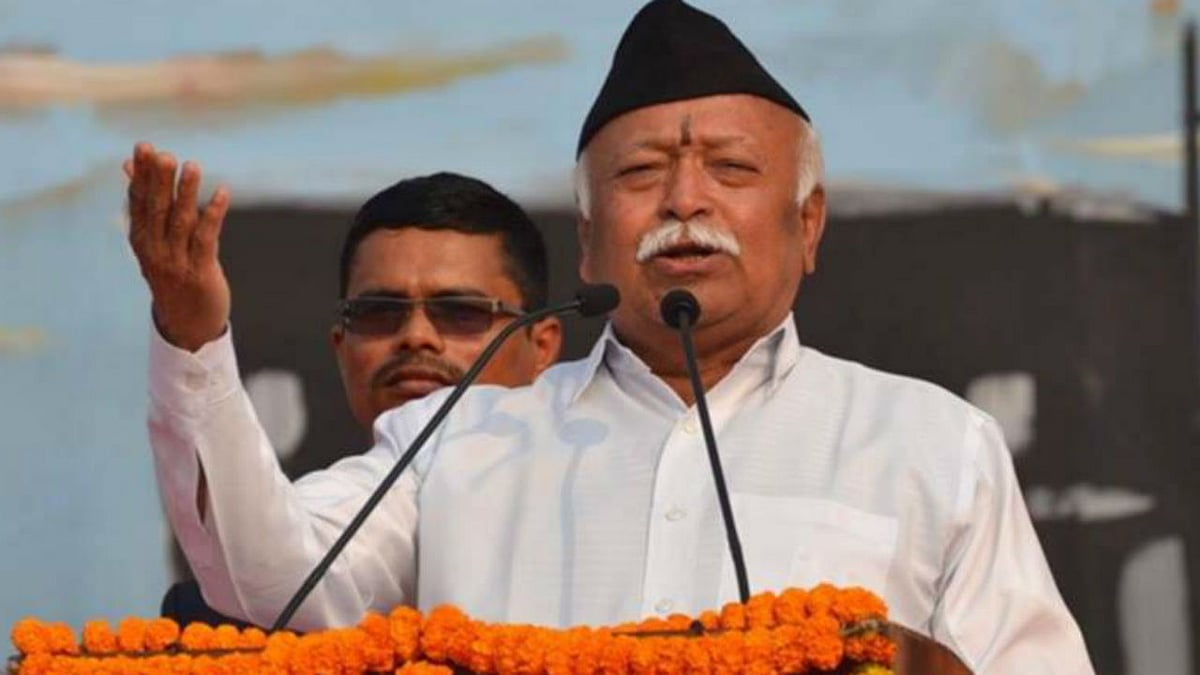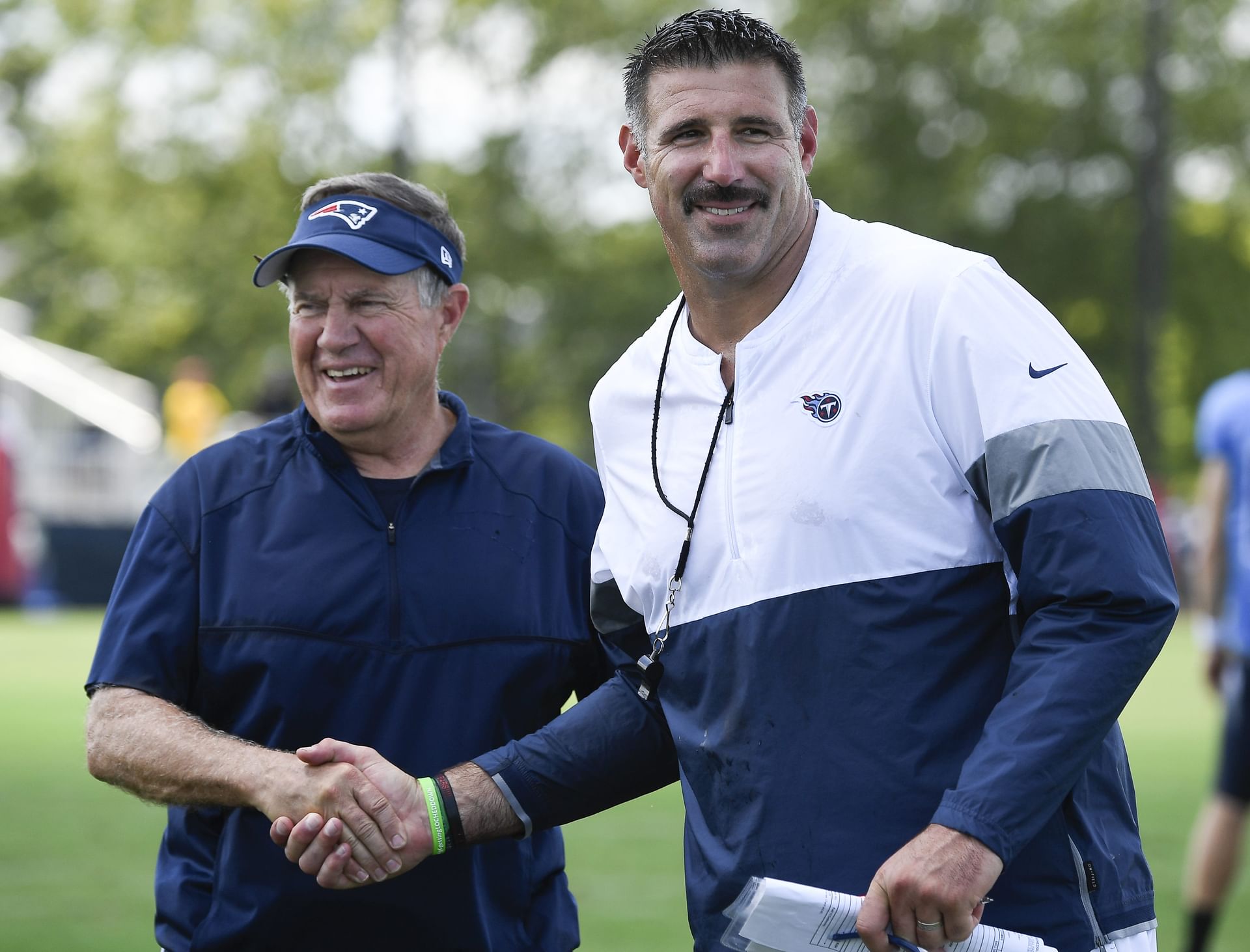On August 26, 27, and 28, RSS chief Mohan Bhagwat presented the history, philosophy, vision, and future direction of the Rashtriya Swayamsevak Sangh (RSS)—a mammoth Hindu organisation dedicated to national development. The occasion was the centenary of the RSS, and the event held at Vigyan Bhavan, New Delhi, brought together intellectuals, diplomats, religious leaders from other faiths, media representatives, and people working in the NGO sector.
As the parent organisation of the BJP, and with Prime Minister Narendra Modi being one of its card-holding members, the RSS and its constituents wield tremendous influence over the policies and programmes of the central government as well as BJP-ruled states. Bhagwat’s detailed exposition of the RSS thus served the valuable purpose of helping the public understand the organisation better.
Delving deep, Bhagwat explained what the RSS means by ‘Hindu Rashtra’ and ‘Akhand Bharat.’ He elaborated on the organisation’s approach towards Indian Muslims and Christians, as well as its stance on illegal immigrants, notably from Bangladesh. He also outlined plans to consolidate and unify Hindus and to reach out to neighbouring countries.
Bhagwat highlighted RSS founder Dr Keshav Baliram Hedgewar’s participation and incarceration during the freedom movement, along with the organisation’s opposition to Partition—addressing criticisms that the RSS did not participate in India’s freedom struggle. Moreover, he recalled the role of RSS volunteers in opposing the Emergency imposed by then Prime Minister Indira Gandhi in 1975.
He also addressed accusations of violence against the RSS and clarified the organisation’s approach toward changing the names of prominent roads, towns, and cities. Bhagwat emphasized that the many member organisations of the Sangh Parivar are completely autonomous and operate independently of the parent organisation.
The first day of the event began with a short video showcasing the massive relief and rescue work undertaken by RSS volunteers during national disasters such as floods and earthquakes, particularly throughout the 1970s, ’80s, and ’90s. This work was exemplary, especially at a time when India lacked an organised disaster management mechanism.
### Hindu Rashtra
One of the most contentious parts of Bhagwat’s exposition was his explanation of the term ‘Hindu Rashtra.’ He stressed that the RSS does not envision a ‘Hindu nation’ in the sense of the Islamic Republic of Pakistan, clarifying that “‘Rashtra’ for us does not mean ‘nation’ but ‘state’.”
He stated that India has been identified with its Hindu identity since ancient times and was later referred to as ‘Hindustan.’ Despite being ruled by Mughals for 800 years, the British for 150 years, and various kings and emperors who often fought each other, the vast subcontinental region—from the Himalayas to the Indian Ocean—remained united in its socio-cultural ethos. People freely moved and intermixed across this area.
“We cannot find a better term than ‘Hindu Rashtra’ to describe this geographical entity, and therefore we insist on the term ‘Hindu Rashtra’,” Bhagwat stressed. He added that this term is synonymous with ‘Bharatiya’ and that India and the concept of Hindu Rashtra are inclusive, respecting people of all faiths equally, governed by the same laws.
However, while this sounds inclusive, the reality is more complex. The term ‘Rashtra’ in common usage means ‘nation,’ and the phrase ‘Hindu Rashtra’ conflicts with India’s multi-religious, multi-cultural, and multi-ethnic identity. For this reason, it does not resonate with large sections of Indian society.
### Akhand Bharat
The RSS’s vision of ‘Akhand Bharat’ depicts an undivided subcontinental India stretching from Afghanistan to Myanmar. Bhagwat explained that the RSS aims to reach out to all neighbouring nations, emphasising the common history and heritage of the subcontinent, and to foster brotherhood and cooperation for collective growth and prosperity.
Interestingly, the South Asian Association for Regional Cooperation (SAARC), headquartered in Nepal, promotes similar ideals, though without using the ‘Akhand Bharat’ terminology. Many scholars and commentators point to the successes of the European Union (EU) and the Association of Southeast Asian Nations (ASEAN), highlighting South Asia’s untapped potential, hindered primarily by the India-Pakistan rivalry.
Again, the RSS’s insistence on the ‘Akhand Bharat’ nomenclature may be a distraction from more practical efforts, such as strengthening SAARC to promote regional cooperation.
### Indian Muslims
When questioned about violence against Muslims attributed to the RSS, Bhagwat demanded evidence, asserting that no such evidence exists. However, the structure of the question-and-answer session prevented journalists from asking follow-up questions about prominent issues such as the demolition of the Babri Masjid, anti-Muslim and anti-Christian violence by Sangh Parivar constituents like the Bajrang Dal, or the openly anti-Muslim stance taken by the Uttar Pradesh government under Chief Minister Yogi Adityanath.
It is important to note that Indian Muslims and Christians primarily descend from converts to Hinduism—the dominant religion of the land. Expecting these communities to adopt the ‘Hindu identity’ and accept the term Hindu Rashtra is unrealistic and dismisses India’s pluralistic reality.
### Conclusion
Unless the RSS revises these three core concepts—Hindu Rashtra, Akhand Bharat, and its approach to religious minorities—it risks further dividing India rather than strengthening it.
—
*The author is a journalist and former Director of the Pune International Centre. Views expressed are personal.*
Twitter: [@abhay_vaidya](https://twitter.com/abhay_vaidya)
https://www.freepressjournal.in/analysis/rss-centenary-mohan-bhagwat-explains-hindu-rashtra-akhand-bharat-and-outreach-to-minorities




